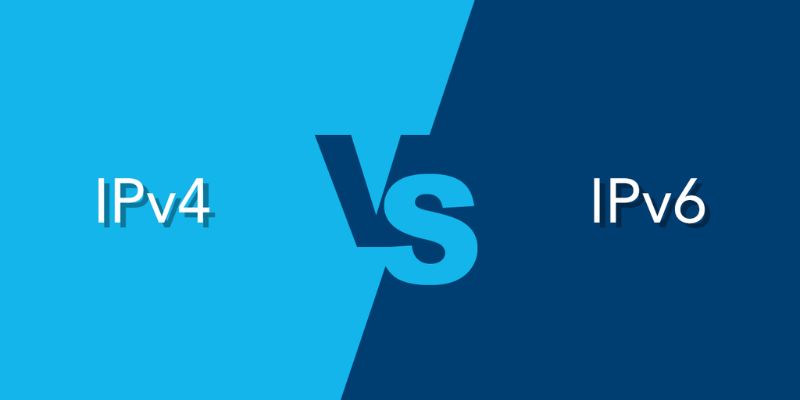
An Internet Protocol Address (IP) is the address via which any computer communicates with our computer. For example, if we wish to open a web page or download something, we need the address for that file or webpage to be sent. That address is known as an IP Address. In this blog, we will learn about the Differences of IPv4 and IPv6 in Java Development. Are you looking to advance your career in Java? Get started today with the Java Training in Chennai from FITA Academy!
Types of IP Addresses
IPv4 (Internet Protocol Version 4)
IPv6 (Internet Protocol Version 6)
IPv4
The IPv4 address is made up of two types of address: the network address and the host address. It is an abbreviation for Internet Protocol version four.
IPv4 addresses are integers of 32 bits that must be stated in Decimal Notation. It is represented by four numbers separated by dots in the range 0-255, which must be translated to 0 and 1 before computers can understand them. An IPv4 address, for example, can be expressed as 189.123.123.90.
IPv4 Address Format
The IPv4 Address Format consists of 32 binary digits separated by a dot (.).
IPv6
IPv6 refers to Internet Protocol version 6 and is built on IPv4. IP version 6 is the most recent version of the Internet Protocol, and it is far superior to IP version 4 in terms of complexity and efficiency. IPv6 is composed of eight hexadecimal digits separated by a colon (:). It is represented by 128 bits of 0s and 1s.
IPv6 Address Format
IPv6 Address Format is a 128-bit IP Address composed of 8 hexadecimal digits separated by a colon (:).
Learn all the Java applications and Become a java developer Expert. Enroll in our Java Online Course.
Benefits of IPv6
The most recent version of IP, IPv6, offers a significant advantage over IPv4. Here are some of the advantages mentioned:
Larger Address Space: IPv6 offers a larger address space than IPv4, which is essential for IP Connected Device expansion. Addresses for IPv6 are 128 bits long, whereas IPv4 addresses are 32 bits long.
Improved Security: IPv6 has some increased security built in. IPv6 provides security features such as data authentication and encryption. An Internet connection is more secure here.
Simplified Header Format: In comparison to IPv4, IPv6 features a simpler and more effective header structure, which is more cost-efficient and enhances Internet connection speed.
Difference Between IPv4 and IPv6
- IPv4 addresses are 32 bits long.
- It supports manual and DHCP address setting and has a 128-bit address length.
- It allows for automatic and renumbering address setting.
- End-to-end IPv4 connection integrity is unattainable.
- End-to-end IPv6 connection integrity is attainable.
- It has the ability to generate 4.29109 address space.
- IPv6 address space is quite vast; it may generate 3.41038 address space.
- The program determines the security feature.
- IPSEC is a security mechanism integrated into the IPv6 protocol.
In conclusion, understanding the differences between IPv4 and IPv6 is crucial for Java developers to ensure compatibility and efficiency in networking protocols. While IPv4 uses 32-bit addresses and is limited in scalability, IPv6 offers 128-bit addresses and improved security features. By adapting to IPv6, Java developers can future-proof their applications. Embracing these disparities will enable developers to create robust and sustainable Java applications that align with modern networking standards.
Looking for a career in Java Developer? Enroll in this professional Programming Courses In Chennai and learn from experts about Core Java Programming, Data Types, and Operators.
Read more: Java Interview Questions and Answers
